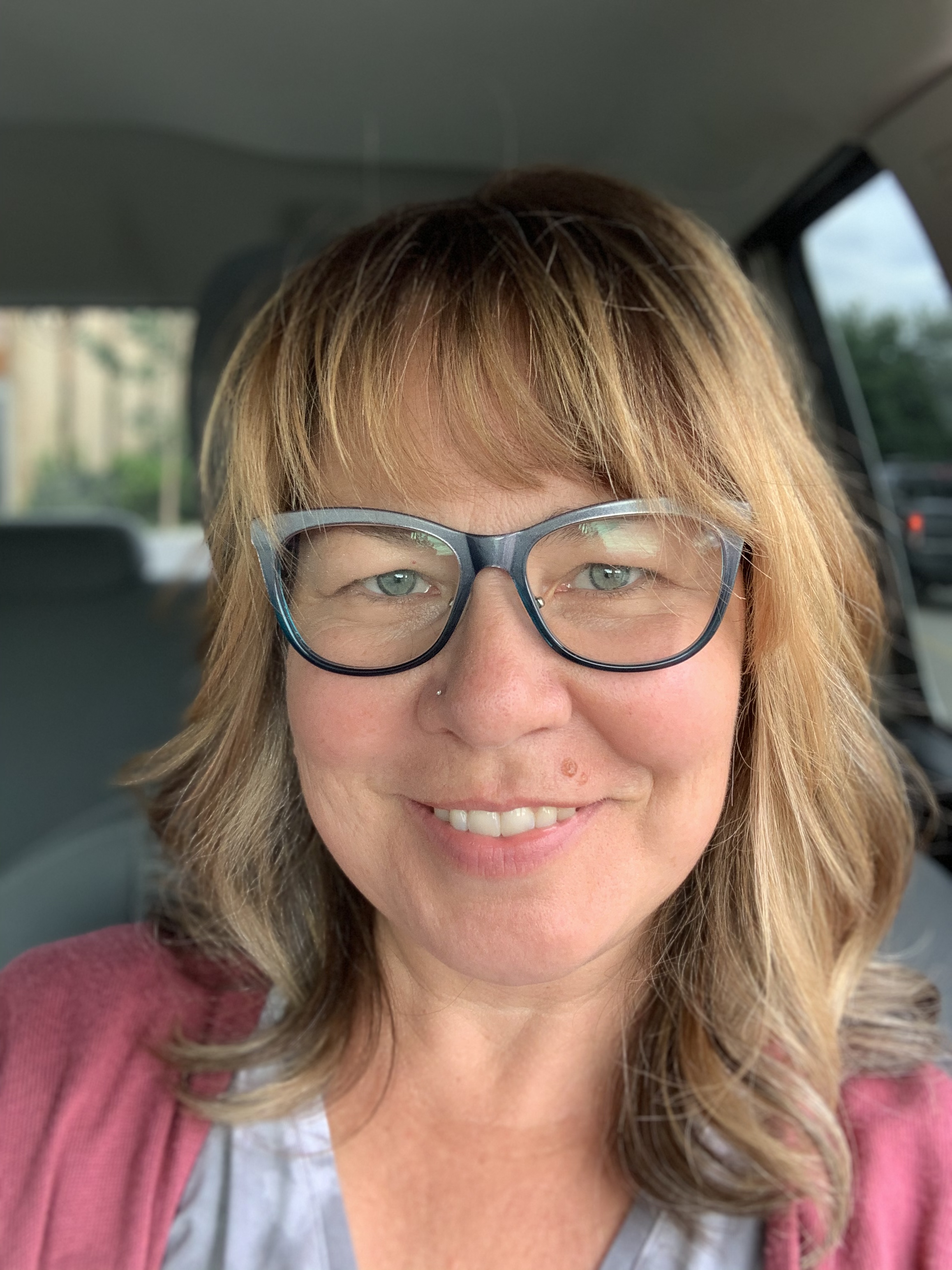Chronic Pain can Transform Into a Pain Syndrome
- Carla Friesen / Carla Friesen Counselling & Coaching / ©2020 carlafriesen

- Nov 5, 2020
- 3 min read

Greta’s 24/7 migraines were baffling. How could a migraine start and never stop? What could be going on in the body to make that happen? We couldn’t figure it out, the doctors didn’t seem to be able to give us any clear answers either. Medications, treatments and rest didn’t seem to ease her pain. Or maybe they would for a short while but then the pain would come back again.
When Greta finally got diagnosed with Amplified Pain Syndrome (4 years later) her 24/7 pain started to make more sense to us. Maybe it wasn’t just a migraine that never stopped. Maybe it was that her body was amplifying pain. Some people feel it in the stomach, in the back, in the hip, in the leg. She felt it in the head. So we were always focused on finding relief for what must be happening in her neck, cervical spine, and surrounding muscles. None of the meds really worked because, while that is where the pain was felt, that is not where the pain was originating from. It was originating from a pain messaging system that had the volume turned up way too high.
The message of pain was being sent over and over when there really wasn’t any tissue damage. This pain messaging pathway was becoming stronger and stronger. With each new stimulus, change in hormones, stressful thought, loud sound, bright light, the brain sent the message of pain. And this pain was real! And severe.
Somehow getting this AMPS diagnosis put us at ease. Because it opened up a whole realm of chronic pain management that we didn’t consider before. Finally we found something that worked for people who didn’t respond to other treatment. And it was, quite simply, chronic pain rehabilitation. Chronic pain rehabilitation requires calming the nervous system, gentle movement, and a slow, incremental return to participating in life again. Overdoing it overwhelms the nervous system and keeps you in the cycle. Pacing yourself helps to avoid pain flare-ups. Retraining the brain like this sounds almost useless and insignificant! When your child’s pain is so severe how can something so simple make any difference at all.
That’s what I thought. As did Greta. But we had tried everything else and this was our only hope. Chronic pain rehabilitation isn’t exciting. But our kids nervous systems can’t really handle exciting right now. It isn’t fast. But they can’t really handle fast either. It is slow, consistent, baby steps towards decreasing the pain and increasing functionality. That is really all our kids can handle. Slow, consistent, baby steps.
Naturally when something hurts we focus on it. But the key to this kind of rehabilitation is focusing on life rather than pain. By focusing on life and doing the activities you can, being with friends, and taking your mind off the pain, even a little bit, the brain needs to create new neural pathways and the “pain” pathway begins to become a little less ingrained. Less trodden. The goal is that one day your brain won’t be able to find that path so easily anymore because it will be grown over.
~ Carla
The general contents of this website are provided solely for educational and informational purposes and are not meant to provide professional medical or psychiatric advice, counselling or therapeutic services.





















Comments